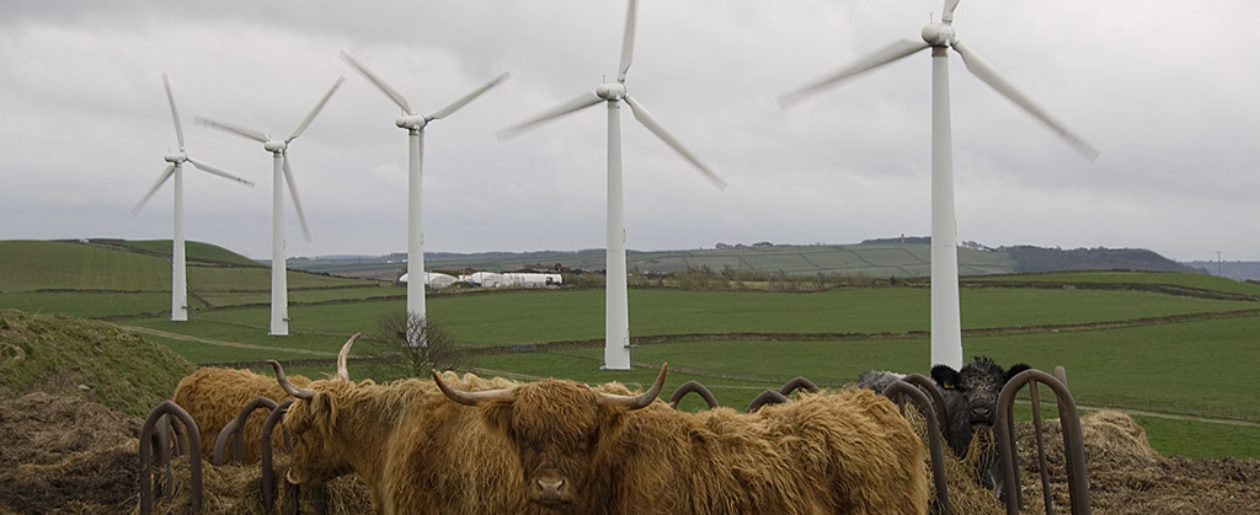Supporting wind and other renewables projects in the Grampian region and beyond
Compared with fossil fuels and nuclear power, renewable energy that harnesses the sun, the wind and other natural energy flows is relatively benign. In particular, very few pollutants are emitted per unit of energy generated. Moreover, renewables provide a diverse, secure and inexhaustible source of energy. Coupled with a programme of improved energy efficiency, renewable energy displaces finite or less benign energy sources in response to peak oil and climate change.
All energy systems have an impact on the natural environment. It is inevitable, therefore, that conflicts of interest will arise between providing energy services and ensuring that people, wildlife and open spaces are adequately protected. The environmental impacts of most renewable energy technologies are considerably less than those of the current energy systems they displace. Visual intrusion is sensed only by humans, but nevertheless is extremely important. If there is an understanding of the benefits of a particular installation, then the physiological and aesthetic impact is likely to be favourable.
The Grampian Pro Wind Alliance is an association of local individuals and groups who are convinced that renewables are vital for the future and who are therefore in favour of developing properly designed local renewable generating capability. Grampian Pro Wind aims to provide objective information, backed by sound research and references.
Below is a list of operational and submitted windfarms in the area.
| Name | No. of turbines | Height | Developer/Owner |
| Berry Burn | 29 | 100 m | Statkraft |
| Paul’s Hill | 28 | 100 m | Fred Olsen |
| Hill of Glaschyle | 12 | 100 m | Logie Estate |
| Rothes 1 | 22 | 100 m | Fred Olsen |
| Rothes2 | 18 | 110 – 125 m | Fred Olsen |
| Submitted | |||
| Clash II | 14 | up to 180 m | Vattenfall |
| Clash Gour | 49 | 130 – 176 m | EDF / Force 9 |
| Paul’s Hill | 7 | 134 – 149 m | Fred Olsen |
| Rothes III | 29 | 150 – 225 m | Fred Olsen |
